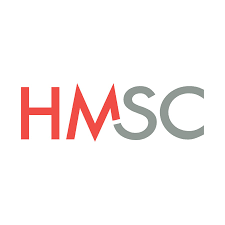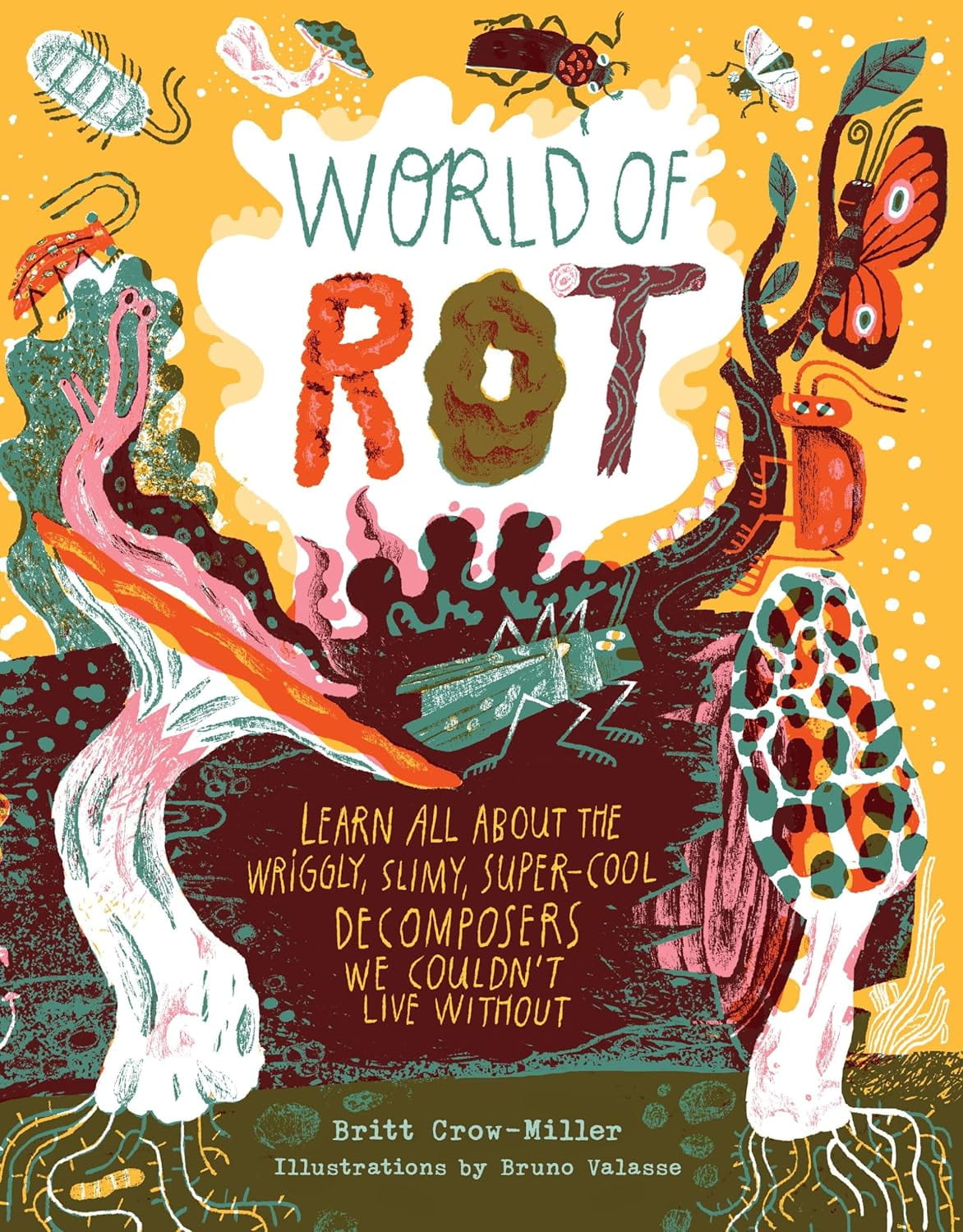
- This event has passed.
25/8 artspace “To Grasp the Unattainable”
November 2, 2024 - December 2, 2024

The Harvard Square Business Association, in partnership with Intercontinental Management and artist and community organizer Yolanda He, is pleased to welcome “To Grasp the Unattainable”, the latest installation at the 25/8 artspace project located at 2 Linden Street in Harvard Square.

Matilda Peng’s solo exhibition, presented by Behind VA Shadows, is on view through December 2nd. Curated by Yolanda Yang, Peng’s first solo exhibition presents two series of works to investigate the intertwining relationship between image and text as devices to capture memory. Through large-scale photography works, the artist seeks to break the boundary of traditional photography by foregrounding her intervention and delineating the subjectivity in image-making.

Denise Jillson, executive director of the Harvard Square Business Association, commented, “We are so thankful to Intercontinental Management for continuing to foster the arts in the public way. This popup gallery exhibits beautiful artwork that is to be enjoyed “from the street” in an unexpected location in Harvard Square.”
According to the curator, the exhibition centers the vulnerability of human beings; it identifies and embraces the sense of helplessness when we try to document and memorialize our experiences through objects. However, these seemingly futile attempts are also records of our thought process, a valid characterization of the complexity of humanity.

Departing from her training in photography and literature, Peng reflects on the efficiency and limitations of both forms of media, image and text, in her practice. Rather than addressing their dialectical differences, the artist is keen on exploring how the two media can reinforce each other to expand on the horizon of experience. In the Qing series, the large format works run across the elongated gallery space, presenting an almost illegible degree of abstraction. The grayscale of the landscapes exudes a calm and unassuming feeling, which, for the artist, generates a soft attraction. The artistic manipulation, in these landscape photographs, comes into play in a quiet manner, pushing the threshold between naturalness and artificiality. The degree of intervention is more pronounced in the Forfeiture series which employs cyanotype, an old technique of object capturing. In this series, Peng treats the color formula as paint, recording poetry that describes the most vivid scenery and sensibility. Her disruption manifests through the visible brushwork which is often considered undesirable in masking the negative spaces of objects. As a result, the text dominates yet bleeds into the abstract structure of various imprints. Loosening their semantic boundaries, words acquire image-like qualities in this new context. The printed words from book pages interplay with the layering handwritten “images,” whereas the introduction of light and space occasionally disrupts the flattened pictorial planes. The two series, through the monochromatic color palettes, establish an increasing degree of artistic presence in this artist-audience relationship mediated by art.



